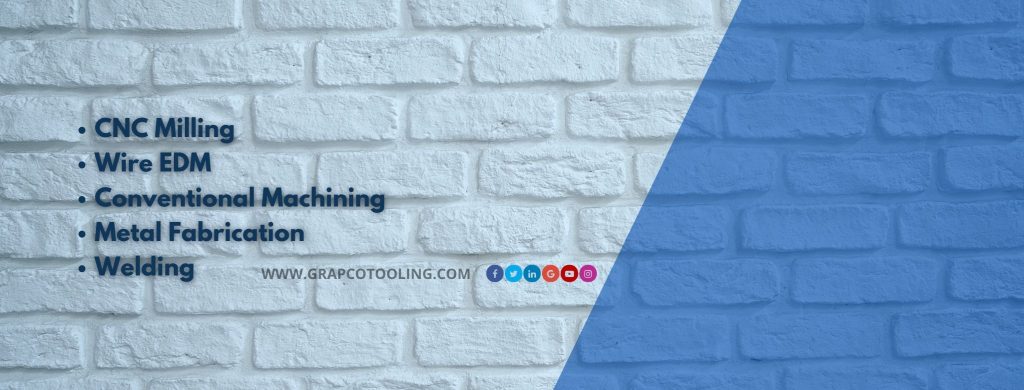Whether it’s for goods, components, procedures, equipment, or machines, quality management is critical in every industry. Manufacturers are increasingly choosing CNC machining over conventional machining for a variety of reasons. Despite the fact that CNC machining ensures higher efficiency and fewer errors than conventional machining, quality inspections remain an important part of the manufacturing process. At different stages of the machining process, quality control and inspections are performed. In addition, quality assurance, which is distinct from quality management, is a critical consideration. The processes established by the company and an appointed body to conduct quality inspections are referred to as quality assurance. This also requires any accompanying documents. So, quality assurance is the setup of processes and documentation, while quality control is the execution of those processes and documentation on a regular basis or as required. This article addresses the significance of quality inspections and CNC machining methods.
Product Lifecycle Stages and Quality Inspection Methodologies
- kinematic accuracy of the machine tools are tested in this mode. The orientation of spindles, holders, and axes, among other things, are all verified. Perpendicular to the bench, the spindle should be. The angle and bend of the axes must be precise. The linear axis has been confirmed.
- Component or product testing: The dimensions and position of the part are tested in this mode. This involves, among other things, testing the placement, surface finish, and shape. Based on the necessity or application, dimensional and geometric tolerances are also tested.
- Process monitoring and control: Process monitoring and control entails reviewing process steps at each point in order to prevent process-related mistakes that could result in a defective product or excessive production delays. A product’s life cycle is divided into phases, the first of which is ideation or conceptualization. The design, feasibility study, review, pilot production process, testing, bulk production, and so on are the following steps. Every degree of quality control is carried out here.
